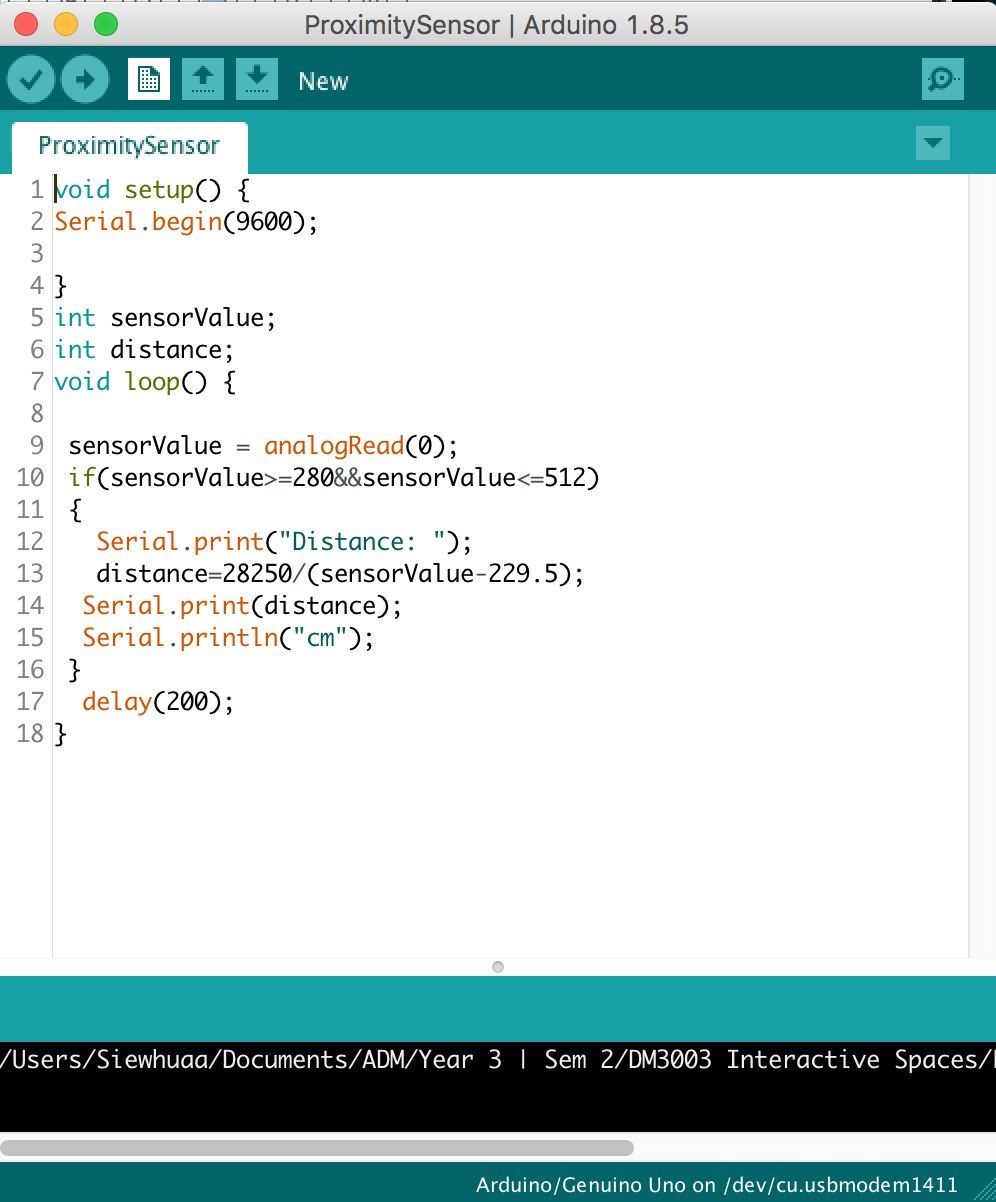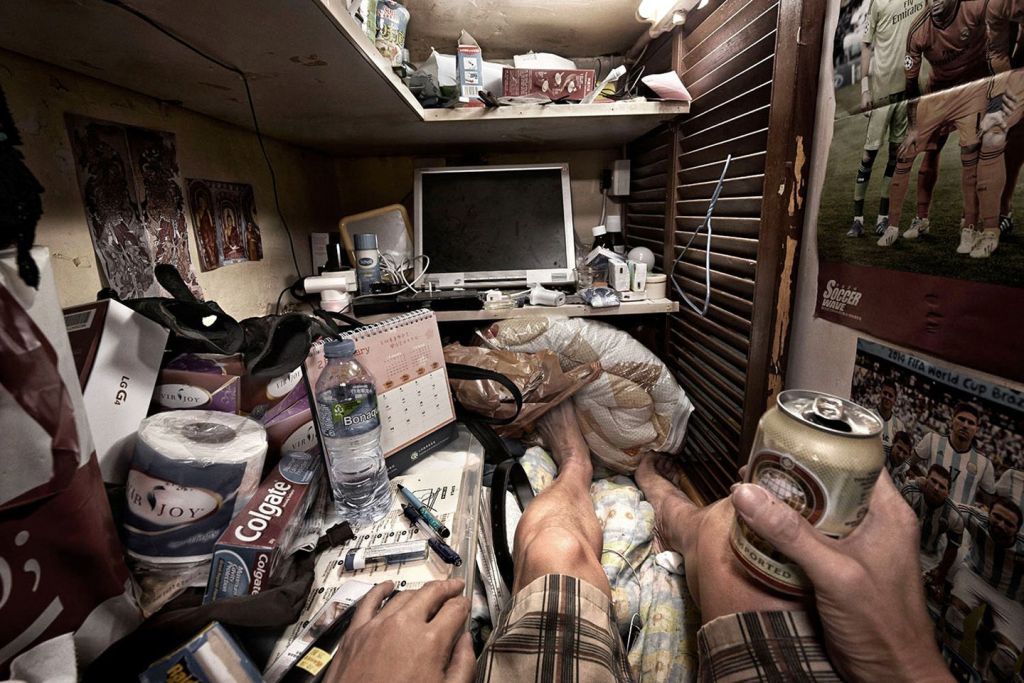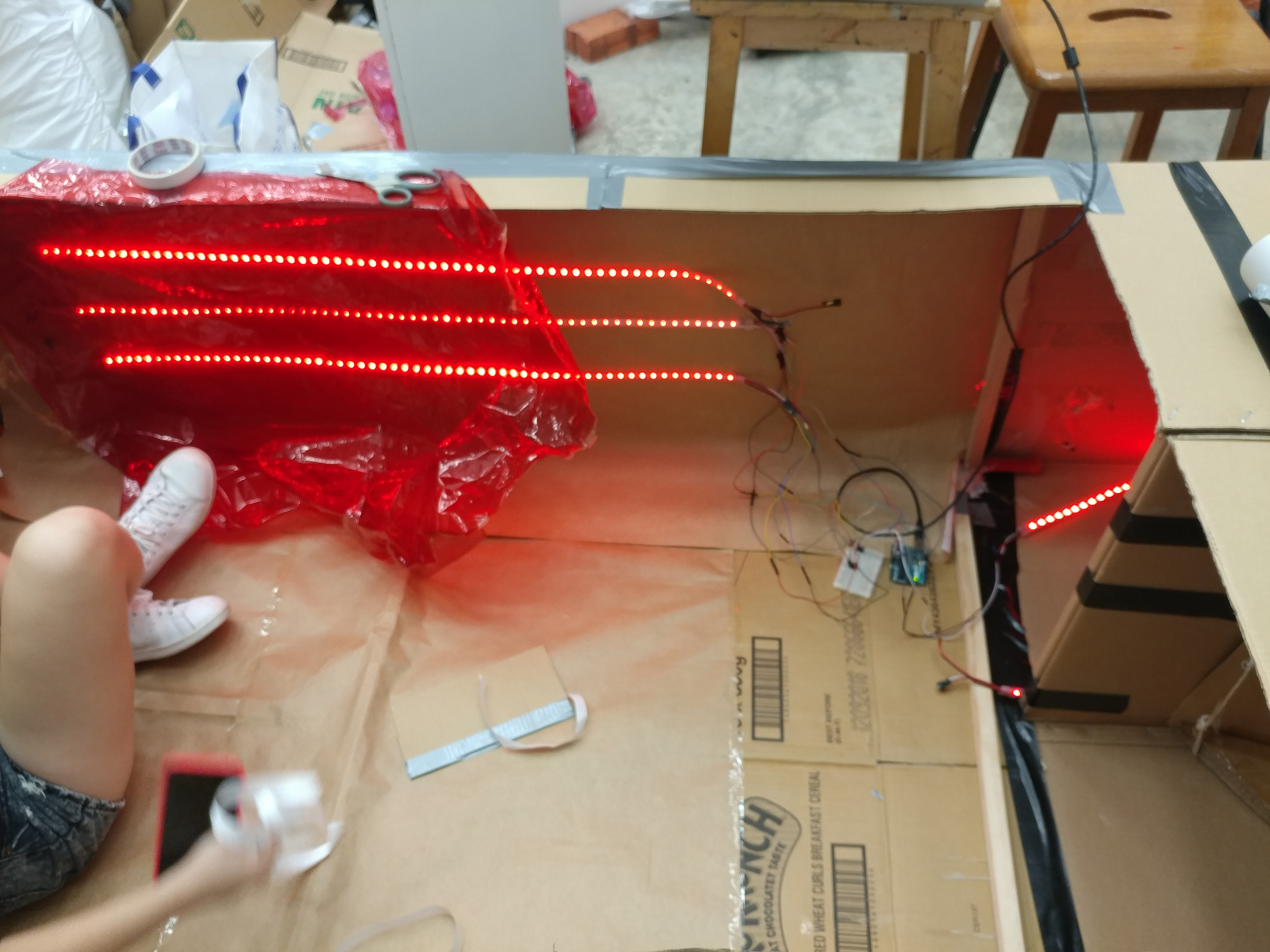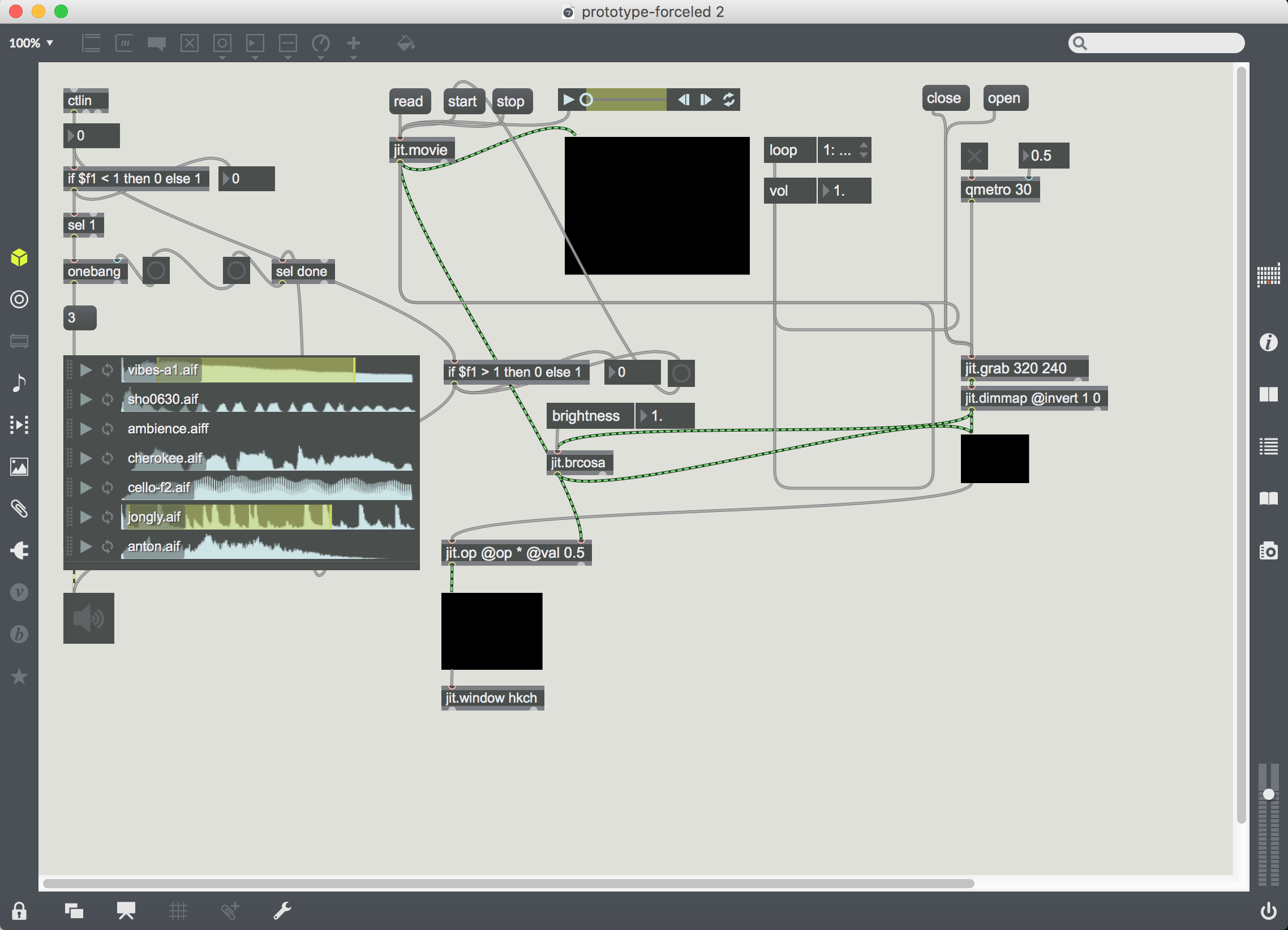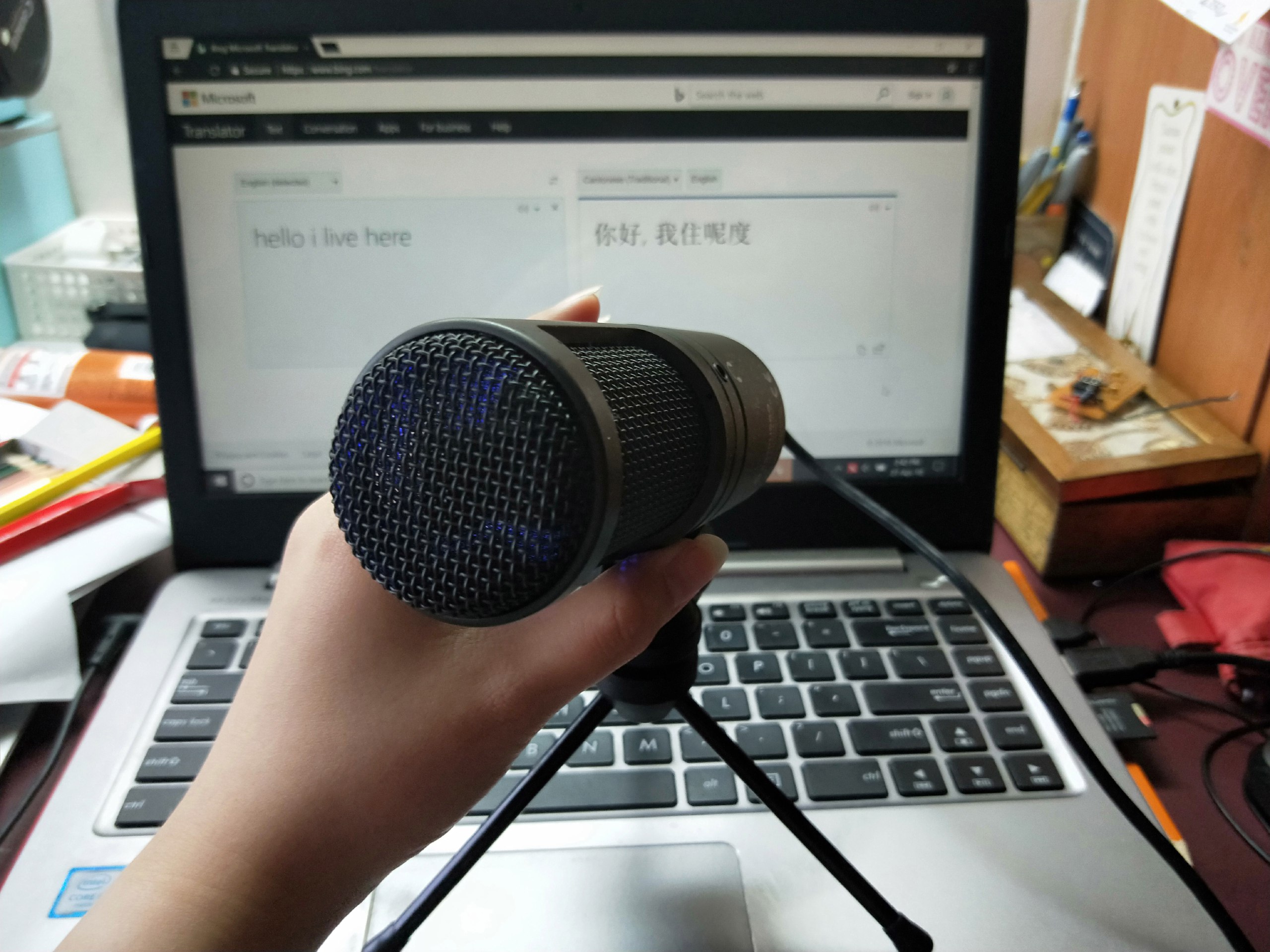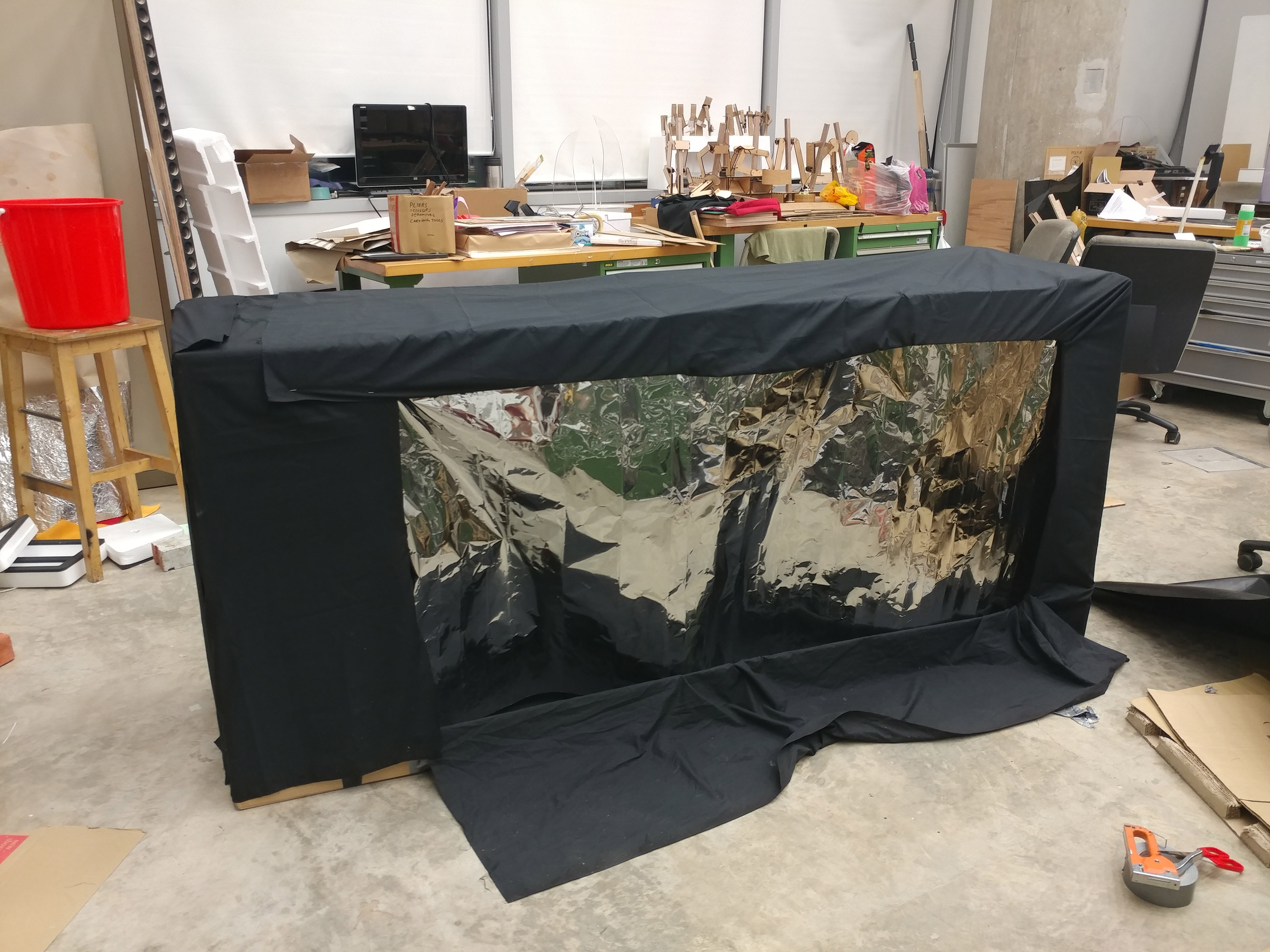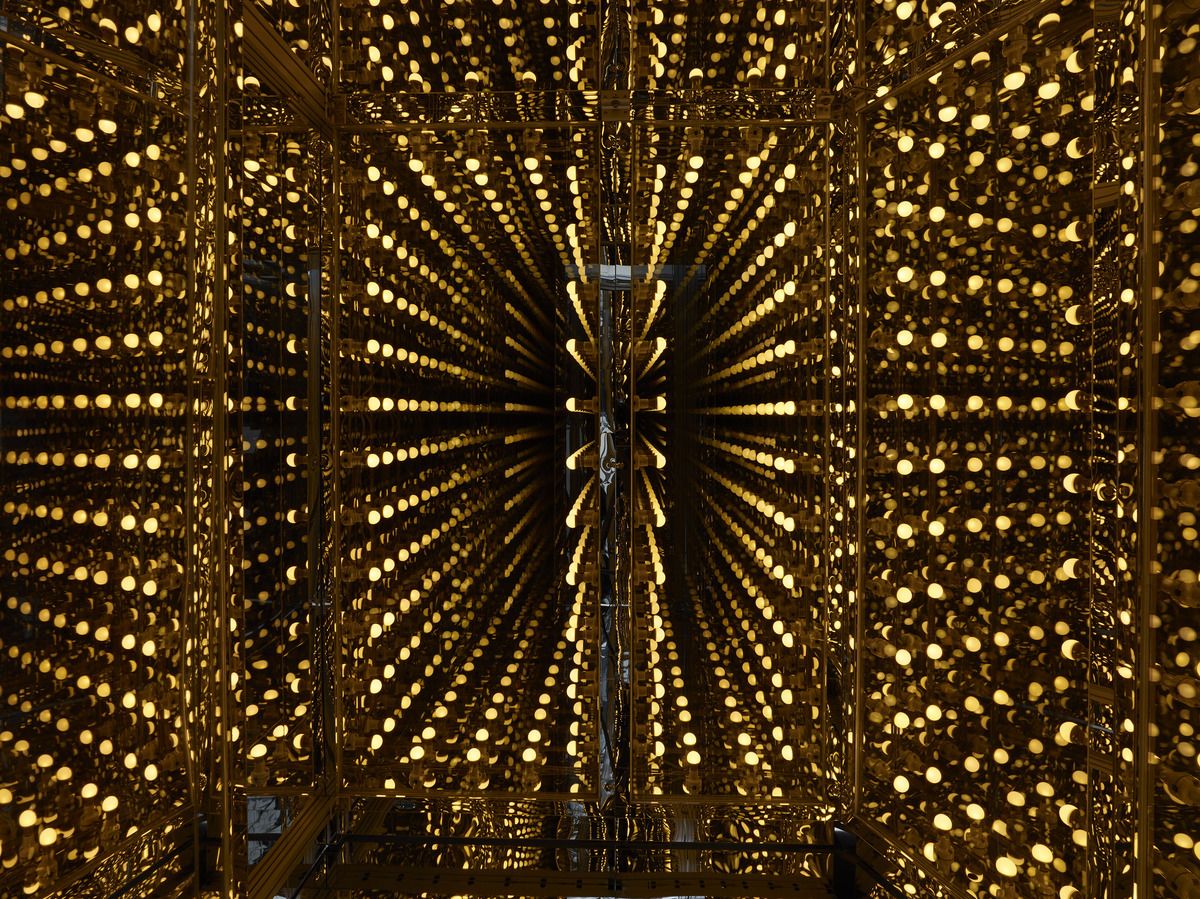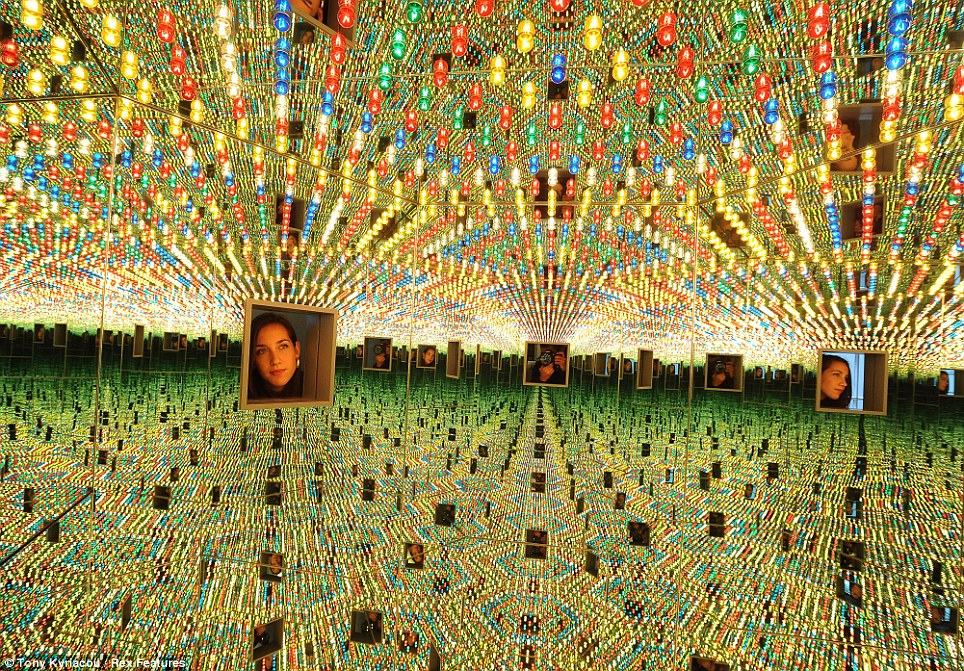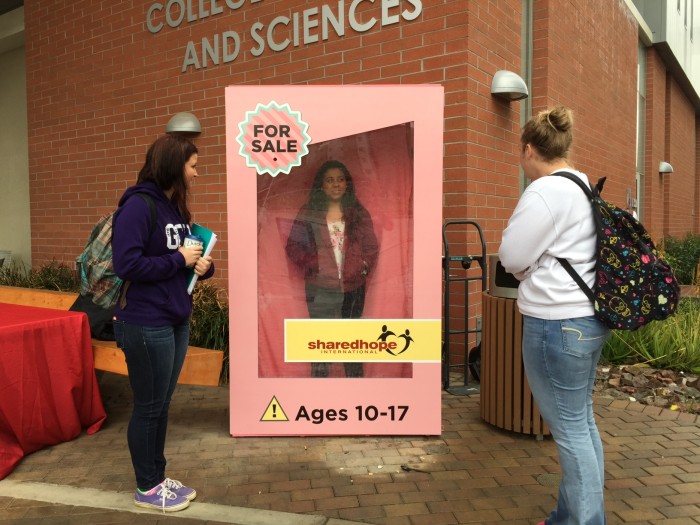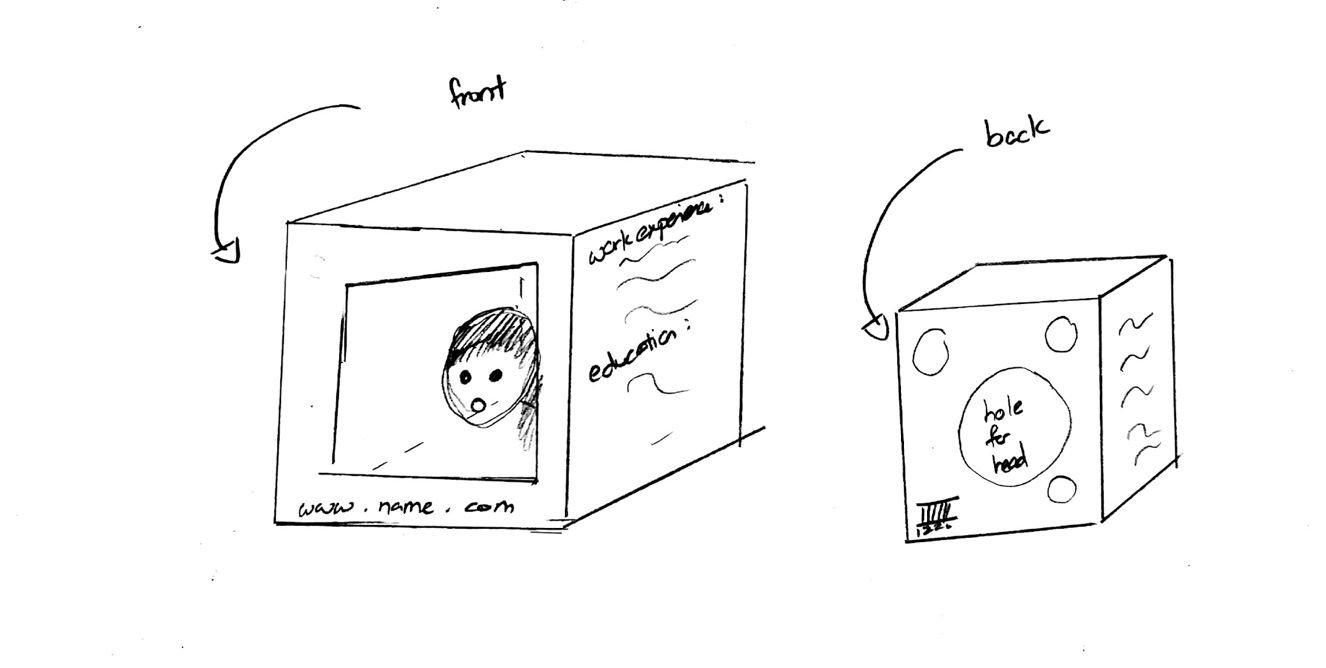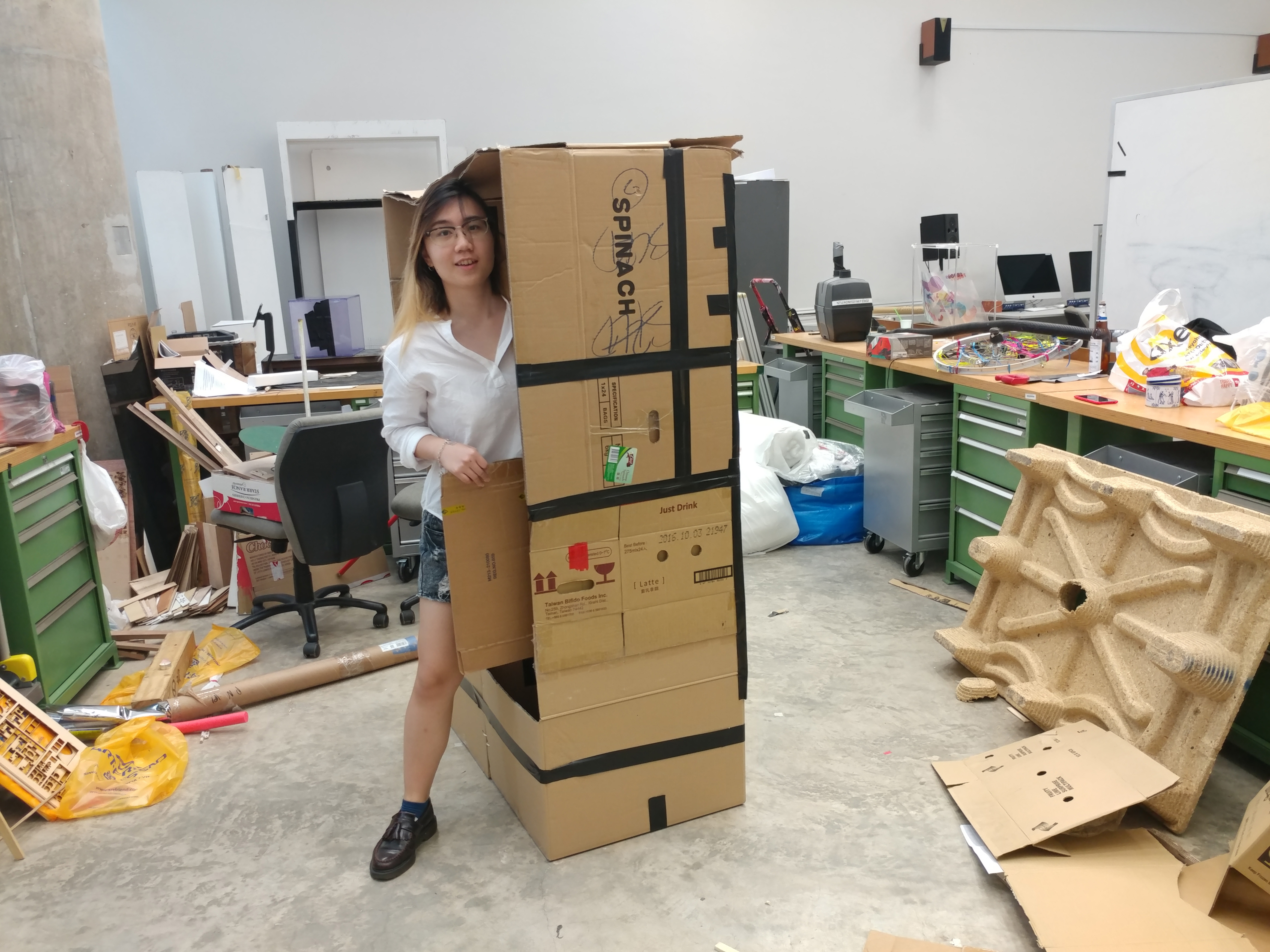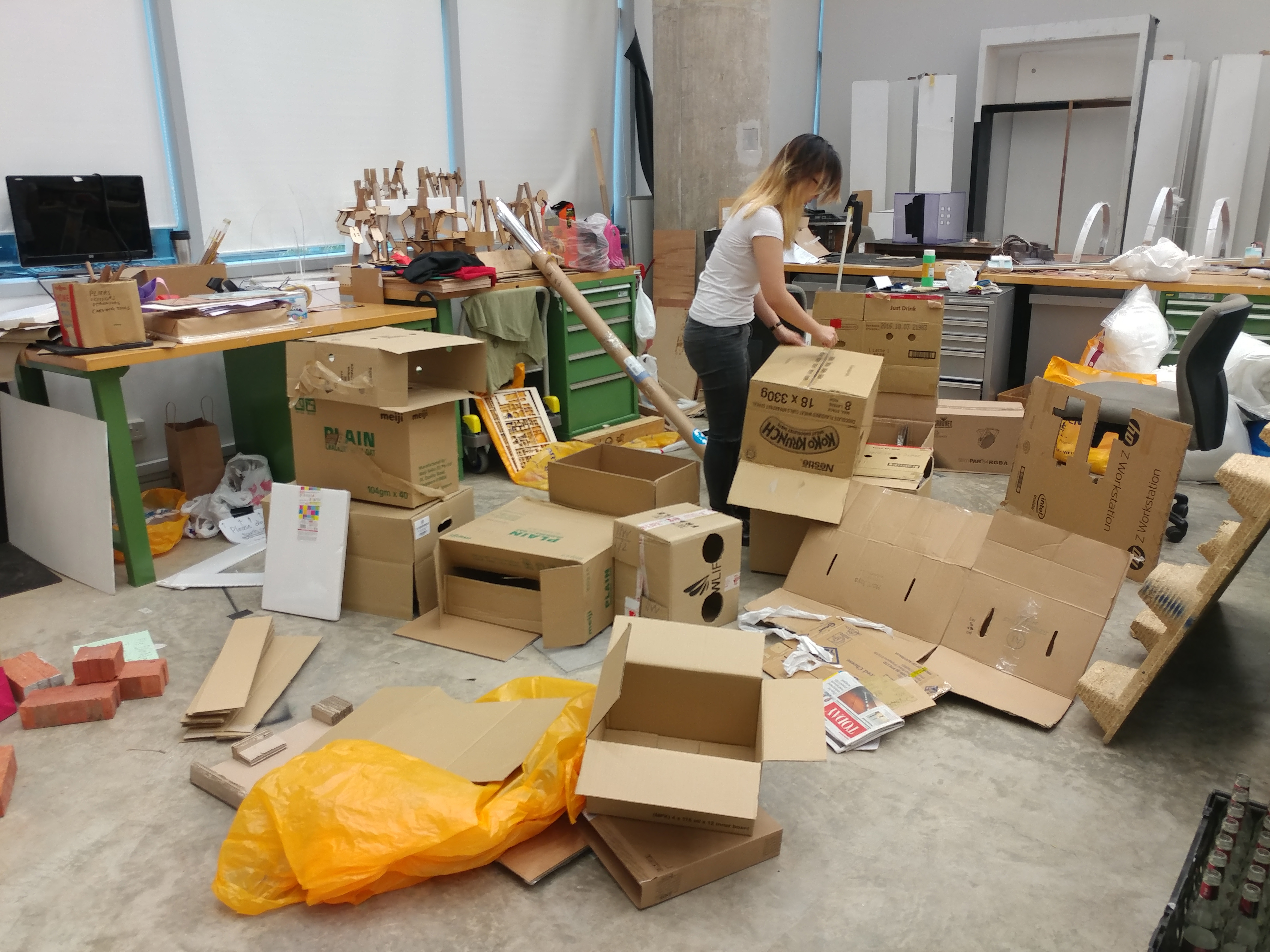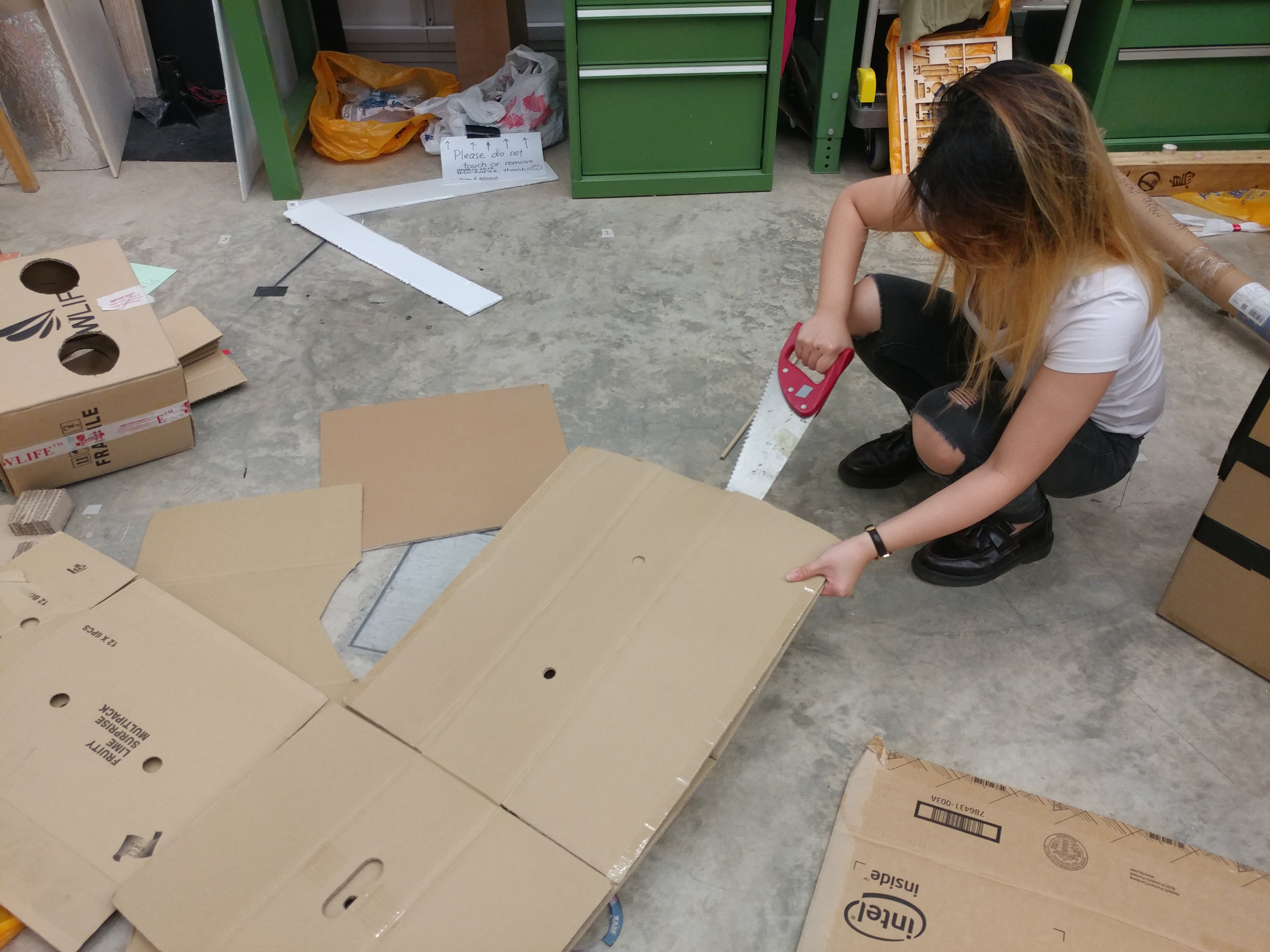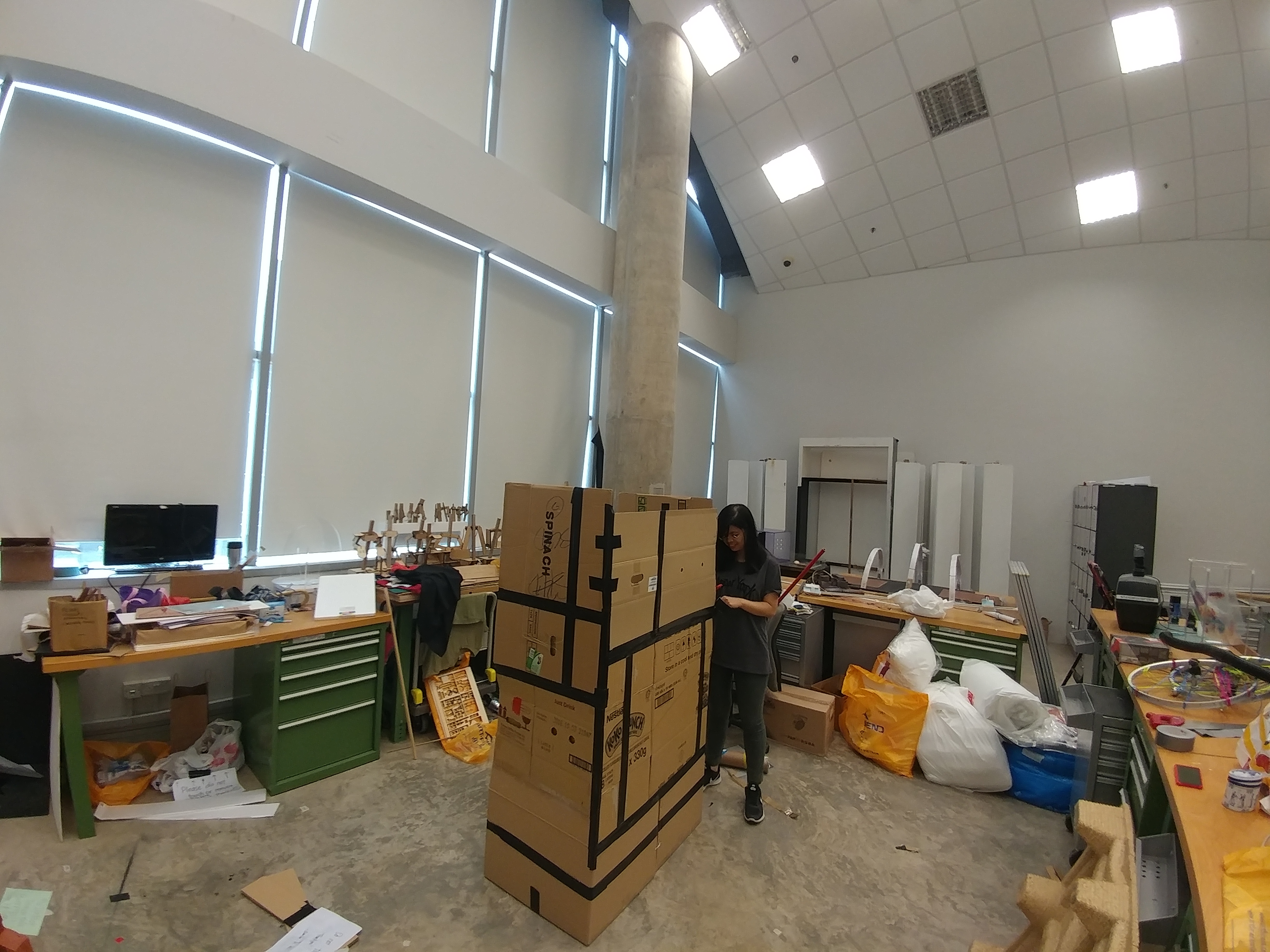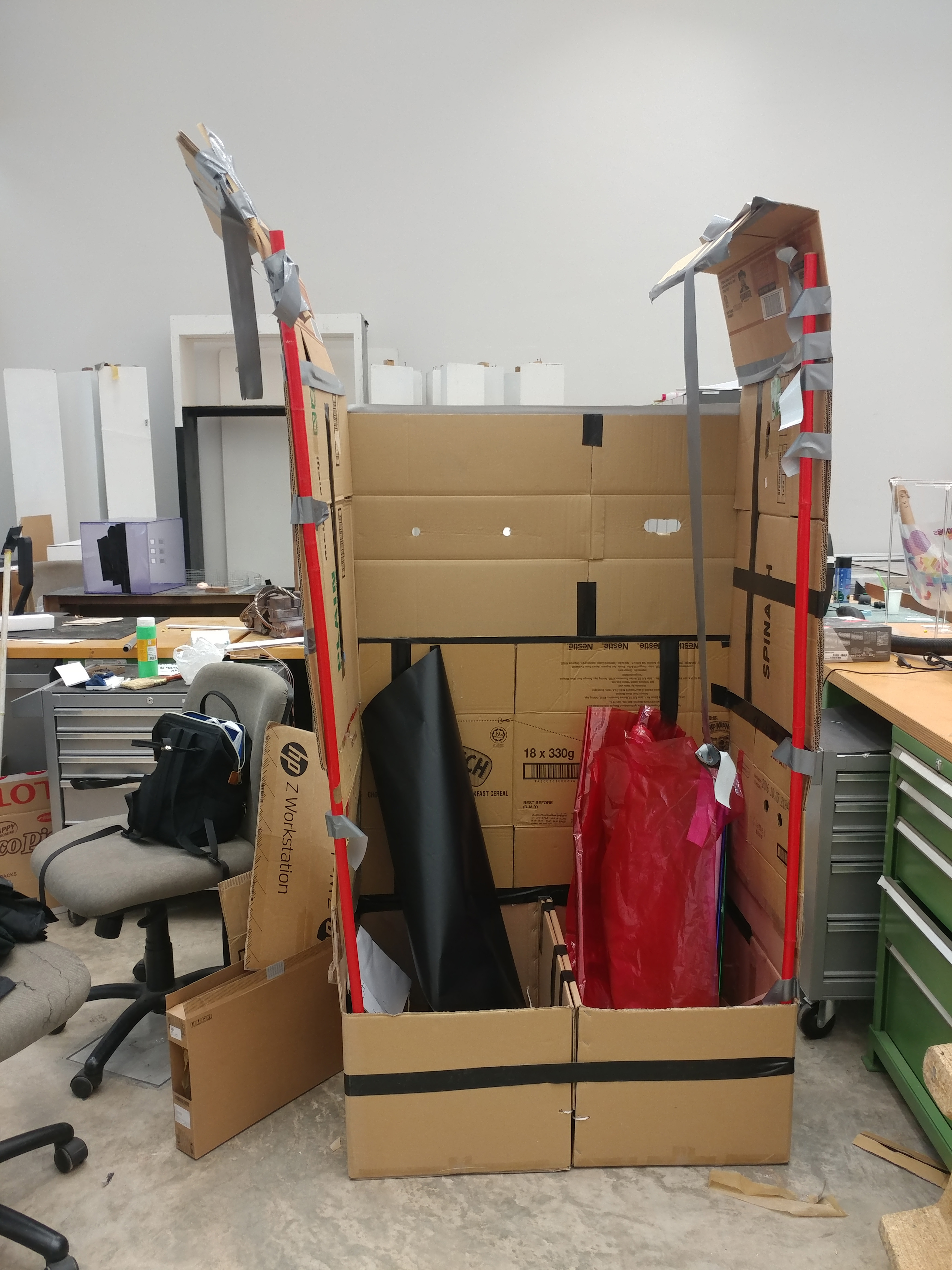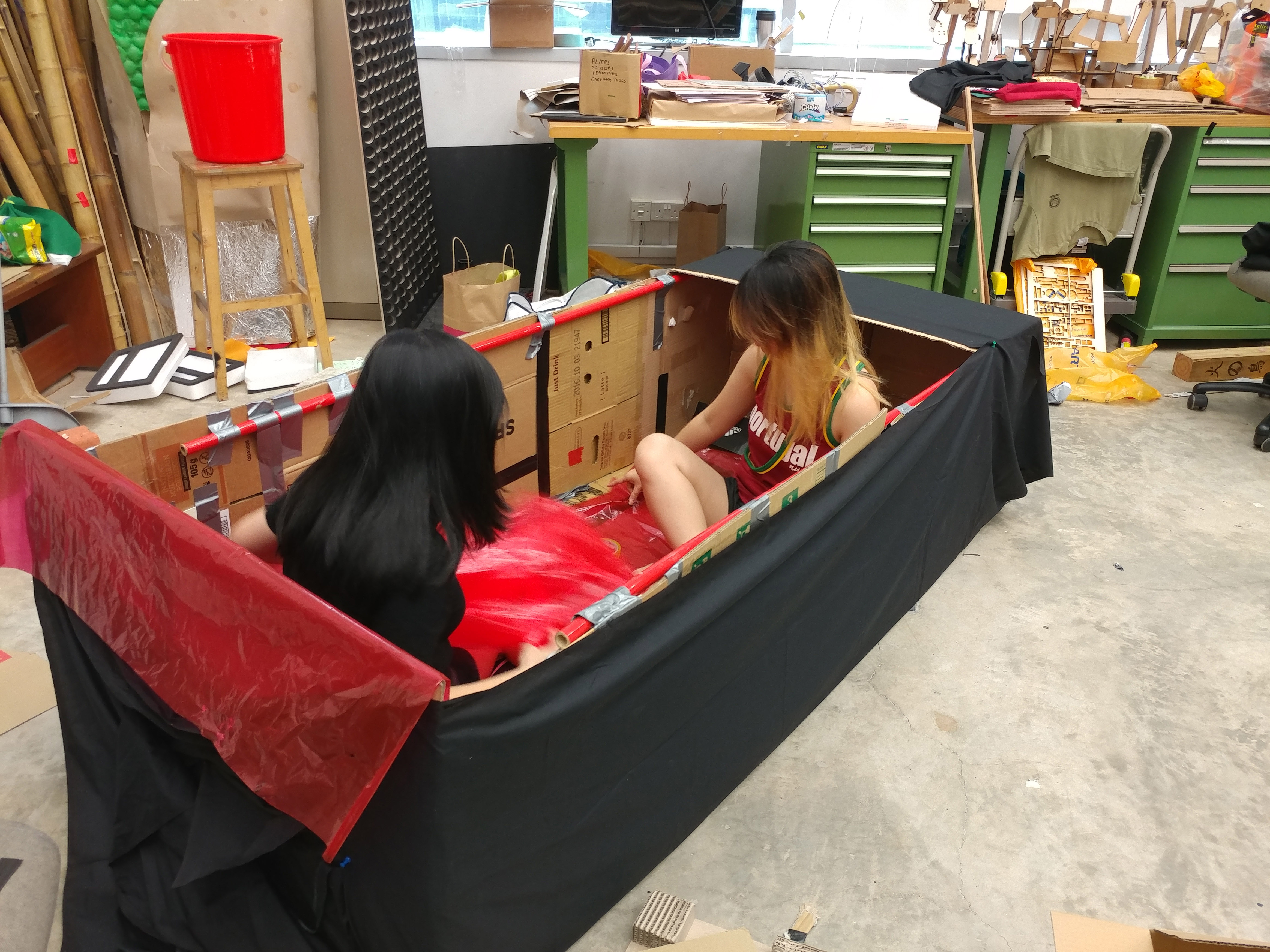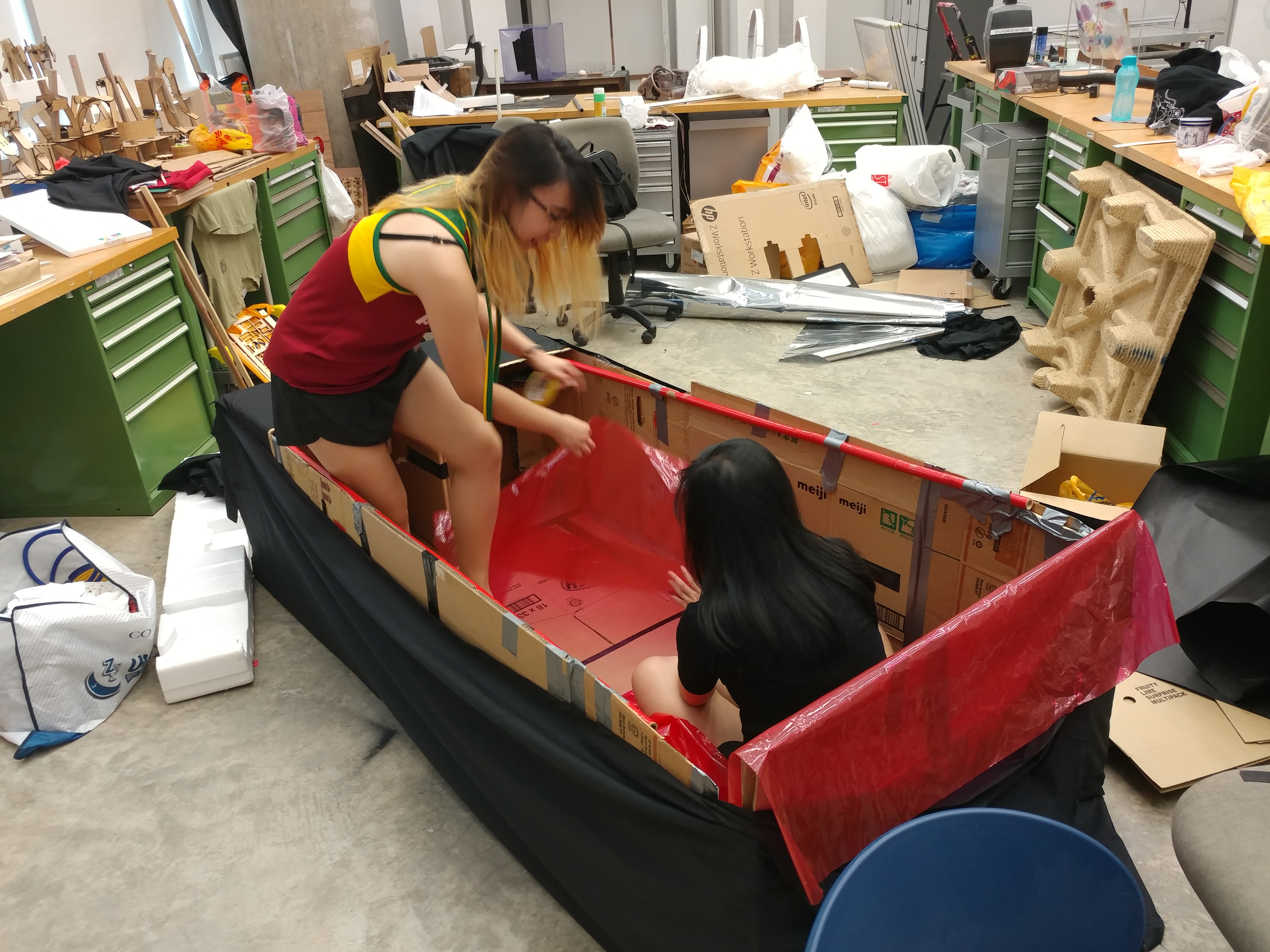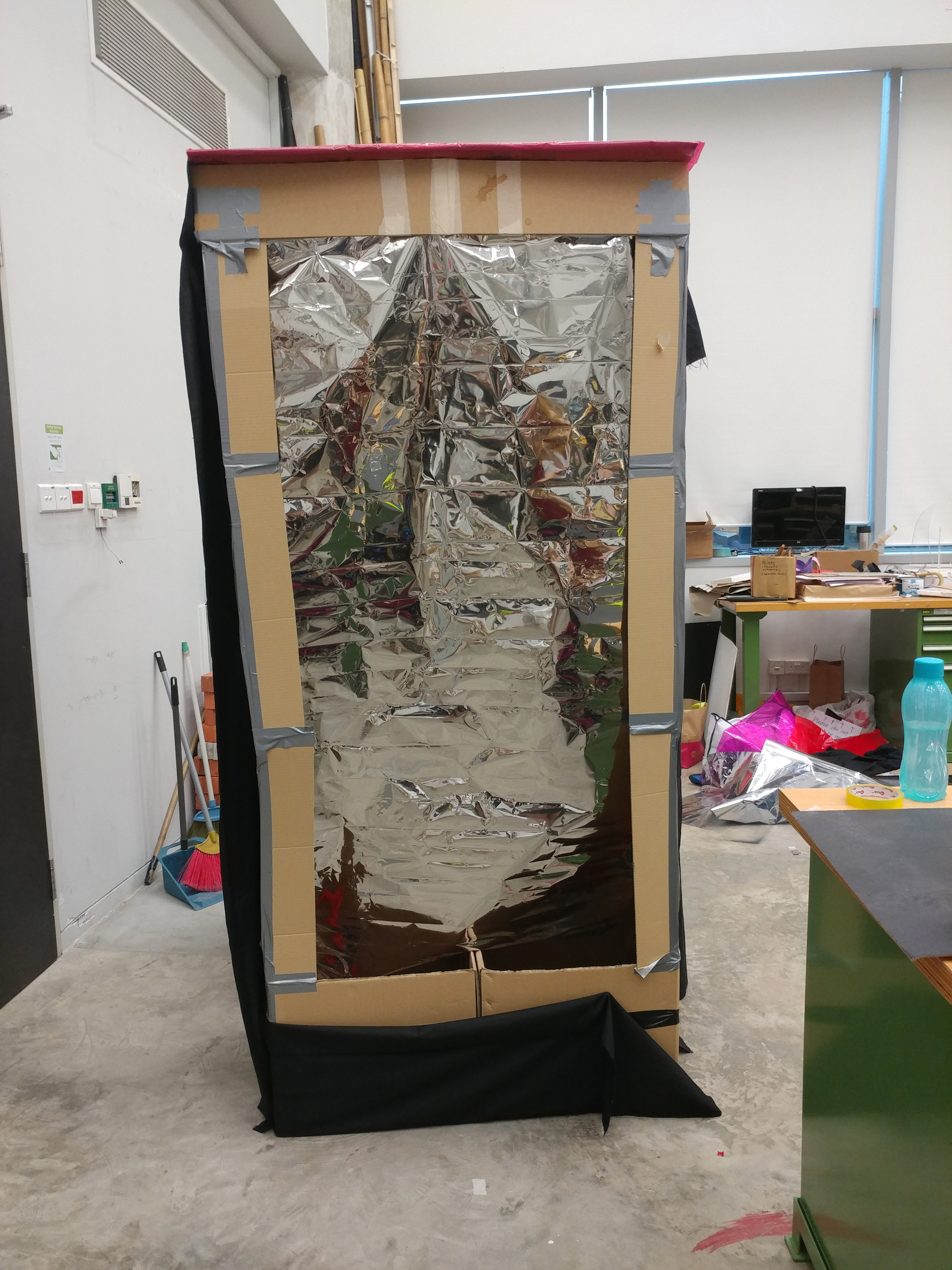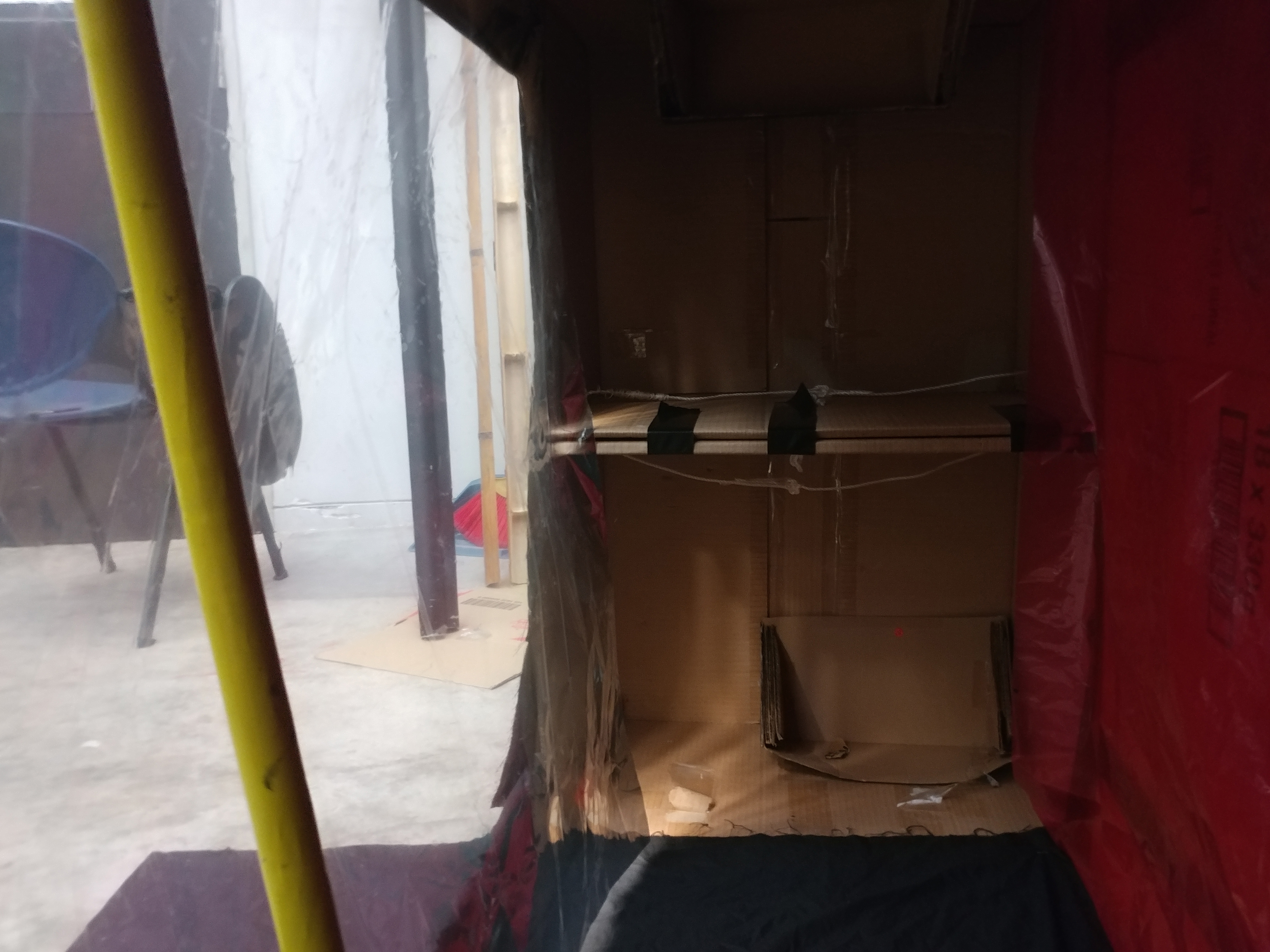Idea: To use technology to further enhance the experience of emulating that of hong kong coffin housing.
Initially, we planned to use proximity sensor that triggers audio and visual based on how far a person is from the box or in the box. We managed to get processing and arduino communicating with each other where arduino send the sensor value inputs to processing to trigger an audio.
However, the values from the proximity sensor was not very accurate and hard to determine the range. It made setting the limits for the triggers a problem and after consultation with the prof, we agreed that our project shouldn’t be hindered by sensing problems but instead to focus really on the experience.
With that in mind, we had to rethink our ideas and decided against using the proximity sensor and in replacement everything was simplified to be triggered using pressure sensor or switch.
Basing our ideas largely on really how the interior of these hong kong coffin house look like and focusing on emulating the experience of being in one of these house.
Main Objectives:
- Cramped space on purpose that viewers have no space for anything else
- Appear almost like a coffin even though it is a living space
- Experience the suffocating and squashed environment
Interior & Exterior
We improved the interior with using brown wrapping paper as a base to cover up the unpleasant and messy sight of duct tape, scotch tape,etc. We kept the red tinted paper and used it to diffuse the lights from LED strips.
We also had a major problem of the roof of our box always prone to collapsing so we forcified it using more banded bamboo poles and wooden sticks.
Lights
Plan: When distance is far, red lights that pulse. When distance is near, white light but does not pulse.
We chose the choice of red lights that pulse to represent the presence of life in the box as well as the colour red symbolises a strong will to survive while white to mimic the lighting conditions of that in the hong kong coffin houses.
We managed to get the code working for both the pulsing red light and white light however, one recurring problem was that whenever the LED is outputting the white light for awhile it would seem to turn yellowish and “crash”. Hence, we decided to take out the component for white light and just have pulsing red light throughout.
Ambience Audio
Plan: When distance is far, recorded cardboard sounds that depict as if someone is struggling to get out of the box. When distance is near, “home sounds” would be played.
We managed to get the code working after a few changes here and there regarding the limits. The problem we faced was that the audio doesn’t seem to stop even though it was coded to only play within this value range and stop within another value range. Hence we could get the audios to play but not stop or it would both be triggered simultaneously and the system jams.
Video
Plan: When presence is detected the box, a video comprising of a photo collage accompanied by our self-made voice recording to narrative the story as well as videos of interview with people who are actually living in that environment. Using the camera, real-time footage of audience in the box are overlay with the photo-video compilation (putting them in their shoes). A timer would also be triggered to start once someone enters.
Voiceover in video installation
To achieve a more Hong Kong vibe in the installation video, I recorded myself speaking in Cantonese, a language used by the majority in the country. The voiceover:
Hello
This is the place I live in
Although I’m still alive
I’m already feel like im living in a coffin
These were the actual interview answers of a resident living in the coffin homes. As I am not fluent in cantonese at all, the recording actually took me 45 minutes for a good take.
Props
Plan: Emulate the environment with similar objects as much as possible
We sourced for objects from the IM room, our own houses, and friends. Real food and beverages were brought to make the experience more realistic instead of fake ones. We also sourced for images online as posters to be placed on the walls.
Group Members: Siew Hua & Valerie.

